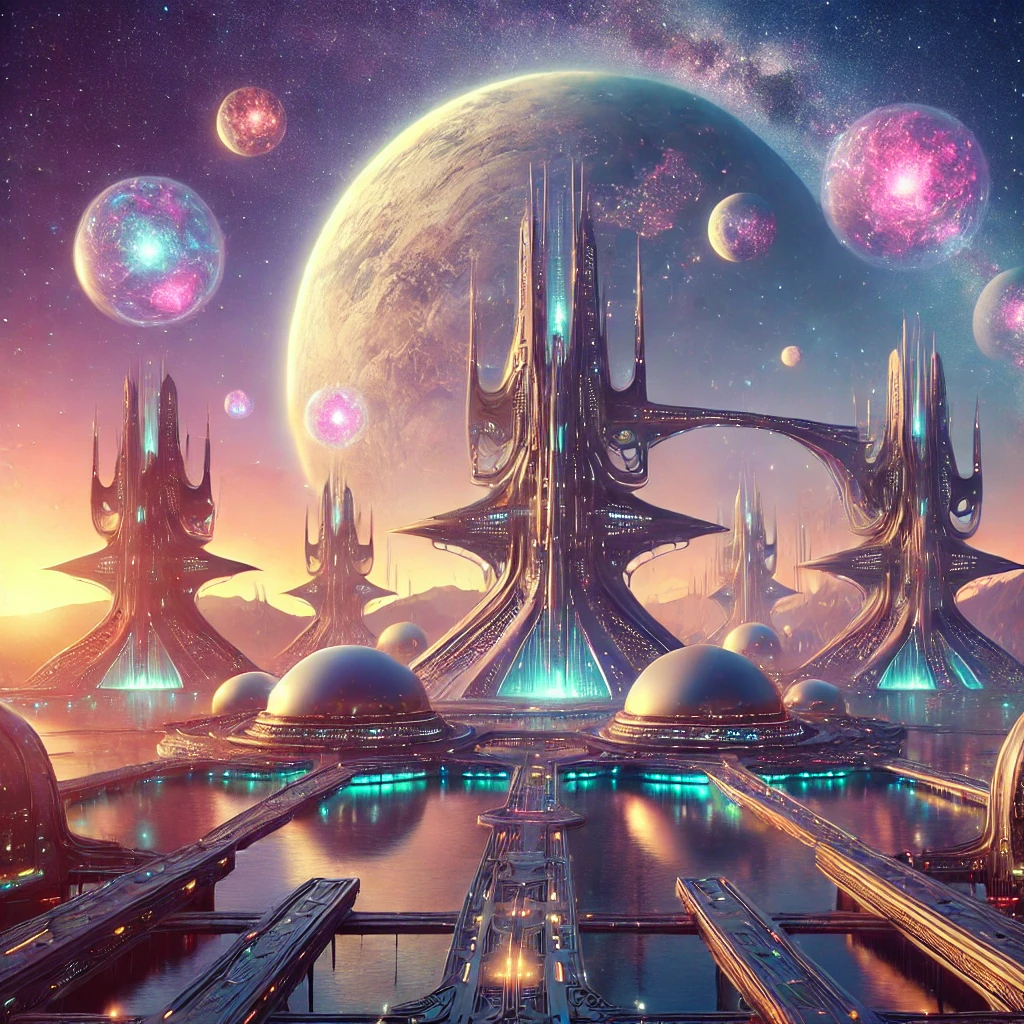In the vast realms of science fiction and fantasy, the magic lies not just in the thrilling plots or dynamic characters, but in the meticulously crafted worlds that draw us in and set our imaginations ablaze. From the towering spires of futuristic cities to the mystical landscapes of enchanted forests, world building is the art that transforms mere stories into immersive experiences, shaping our expectations and redefining our sense of wonder.
The Foundation of Imagination
World building serves as the foundation upon which science fiction and fantasy narratives thrive. It’s more than just creating a backdrop; it’s about constructing a breathing, evolving universe that adheres to its own rules and logic. Through world building, authors and game developers transport us to places where dragons might fly or where humanity takes its next step towards the stars, setting the stage for our emotional and intellectual investment.

A well-crafted world sets the boundaries and the possibilities of the narrative. It grounds the reader or player in a sense of place and time, making the extraordinary feel tangible. This framework not only supports the story but also guides the audience’s expectations of what’s possible and what’s at stake. In essence, a compelling world creates a contract with the audience, promising them a journey filled with discovery and adventure.
The Resonance of Legendary Worlds
Consider the timeless appeal of J.R.R. Tolkien’s Middle-Earth or George Lucas’ galaxy far, far away. These iconic worlds have transcended their original media, capturing the imaginations of multiple generations. The meticulous detail—languages, history, cultures—invites audiences to become part of the narrative. Even decades after their creation, these worlds remain touchstones for fans, illustrating the enduring power of thorough and thoughtful world building.
A complete and immersive world can elevate a narrative from good to extraordinary. It’s the difference between a story that entertains and a world that resonates deeply with its audience.
Crafting Interactive Worlds in Gaming
In the realm of gaming, world building takes on an interactive dimension. Game developers craft intricate worlds not only to tell a story but to allow players to live it. Games like “The Elder Scrolls” or “The Witcher” series are celebrated for their expansive, richly detailed environments that players can explore endlessly. These worlds often include complex ecosystems, diverse cultures, and hidden lore that reward player curiosity and engagement.
An effective world-building strategy in gaming involves creating layers of detail that emerge as the player delves deeper into the game. This not only enhances the player’s immersion but also fosters a deeper connection to the narrative.
Conclusion
The art of world building is a testament to the limitless potential of human creativity. It sets the stage for unforgettable stories, drawing us into realms where anything is possible and everything is worth exploring. At The Aldiss Award, we celebrate the visionaries who master this craft, honoring their contributions to the rich tapestry of science fiction and fantasy.
Ready to embark on your own world-building journey? Join the community of creators and fans, and reshape the landscape of imagination. Share your stories, explore new worlds, and be part of the legacy that celebrates the extraordinary.
By fostering connections through shared creativity and acknowledging the brilliance of world builders, The Aldiss Award continues to inspire and elevate the art of storytelling in the fantastical worlds of science fiction and fantasy.

